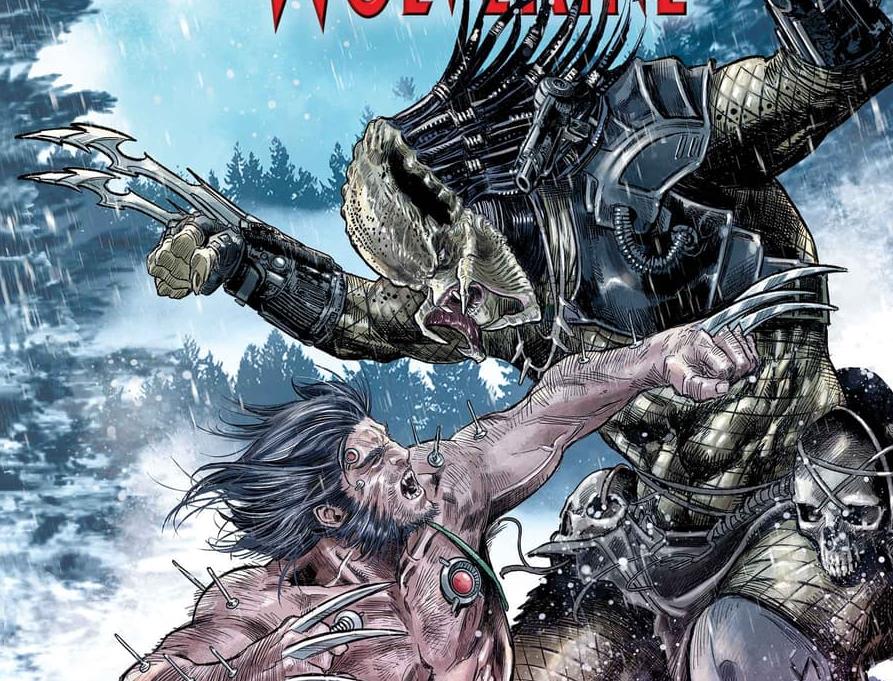
As we delve into the captivating realm of modern digital comic book art, we witness a dynamic transformation shaped by innovative trends.
This article explores the top 10 trends, from the rise of digital platforms and virtual reality, to the influence of global cultures and social media.
Each trend signifies a step towards diversification, interactivity, and creativity, redefining the artistic landscape.
Join us as we navigate this vibrant digital epoch, illuminating the future of the comic book industry.
While the traditional comic book art form has its own charm, it is becoming increasingly clear that digital platforms are rising to prominence in shaping the future of this industry.
The accessibility of digital platforms allows artists to reach a wider audience, breaking geographical boundaries that were once a barrier to comic book circulation. This, coupled with the ease of cross-platform sharing, has ushered in a new era of comic book art consumption and distribution.
It has also sparked innovative ways of storytelling, expanding the scope of this vibrant art form. As we peer into the crystal ball of this industry's future, it is evident that the ascendancy of digital platforms is not just a trend but a transformational shift in the comic book art landscape.
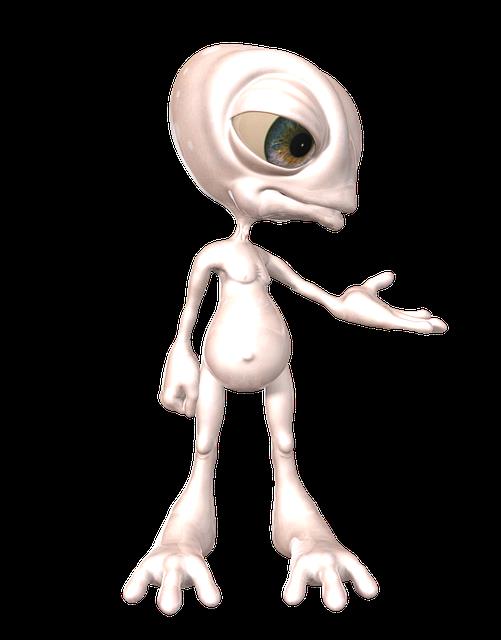
The Impact of Virtual Reality on Digital Comics
Virtual reality is spearheading a dynamic shift in the digital comic book industry. It is revolutionizing the user experience, presenting new artistic challenges, and offering novel monetization opportunities.
The immersive capabilities of VR are enhancing user engagement. With VR, readers can step into the comic book world and interact with the story in a whole new way. This level of immersion brings a new dimension to storytelling and captures the attention of readers in a deeper and more meaningful manner.
At the same time, artists are grappling with the unique demands of creating content for this platform. They must navigate the technical aspects of designing for VR, such as creating 3D environments and optimizing the visual experience for virtual reality headsets. This requires a different skill set and creative approach, as traditional 2D comic book art does not always translate seamlessly into the VR space.
Meanwhile, the potential for revenue generation through VR comics is an exciting frontier for publishers and independent creators alike. With VR, there are opportunities for innovative monetization models, such as selling virtual merchandise or offering premium experiences within the comic book world. This opens up new avenues for financial success and sustainability in the digital comic book industry.
VR Comics: User Experience
The seventh trend in our exploration of the modern digital comic book art landscape is the advent of VR Comics, a transformative element that has fundamentally altered user experience in the realm of digital comics.
This novel approach has brought about a paradigm shift in the consumption of comic book art, making it more immersive and interactive.
However, VR Accessibility and Technology Limitations are two sides of the same coin. On one hand, VR takes comic book art to an entirely new level by making it a sensory experience, thereby enhancing user engagement.
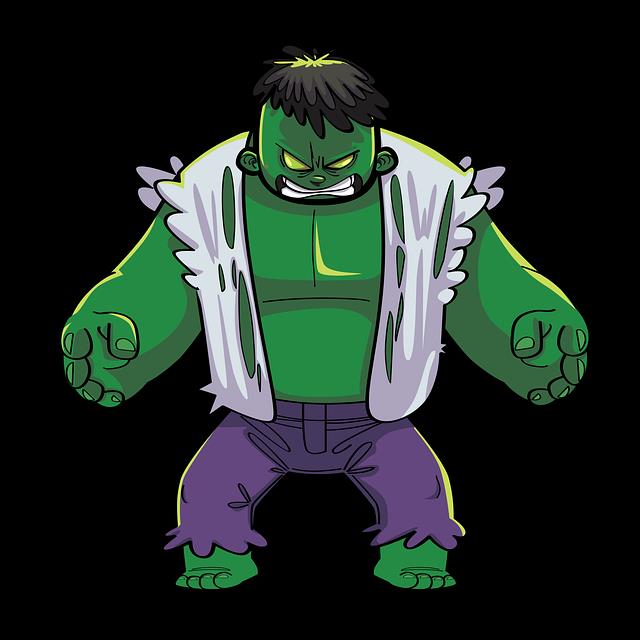
On the other hand, technology limitations, such as device compatibility and affordability, may pose challenges to widespread adoption. Yet, these hurdles are merely stepping stones in the path toward a more immersive digital comic experience.
Artistic Challenges in VR
Although VR has significantly revolutionized the landscape of digital comic book art, it also presents a unique set of artistic challenges that comic creators must navigate.
The transition from flat panels to a 360-degree canvas forces artists to rethink their VR Illustration Techniques. Storytelling, too, becomes an immersive experience, unlocking immense Immersive Storytelling Potential but demanding a reshaping of narrative structures and pacing. Balancing user-interactivity with plot progression is a complex task.
Furthermore, visual clarity is crucial, as too much detail can overwhelm readers in VR. Despite these challenges, the creative possibilities offered by VR are exciting, pushing the boundaries of the comic book genre and opening new avenues for artistic exploration.
Monetizing VR Digital Comics
Interestingly, and perhaps inevitably, the incorporation of Virtual Reality (VR) into the realm of digital comics not only reshapes artistic and narrative methods, but it also introduces new monetization strategies, creating a potentially lucrative market for creators and publishers alike. As VR technology evolves, so does its potential for profitability.
Some of the emerging trends in this realm include:
- VR Marketing Strategies: Utilizing VR to create immersive advertisements that captivate audiences.
- Subscription Models in VR: Providing exclusive VR comic content to subscribers, ensuring steady revenue.
- Virtual Merchandising: Selling virtual goods, collectibles, or enhancements within the VR comic environment.
- Sponsorships and Partnerships: Collaborating with brands to incorporate product placements subtly into the VR comic narrative.
These strategies accentuate the immersive nature of VR, offering unique value propositions that can drive significant revenue.
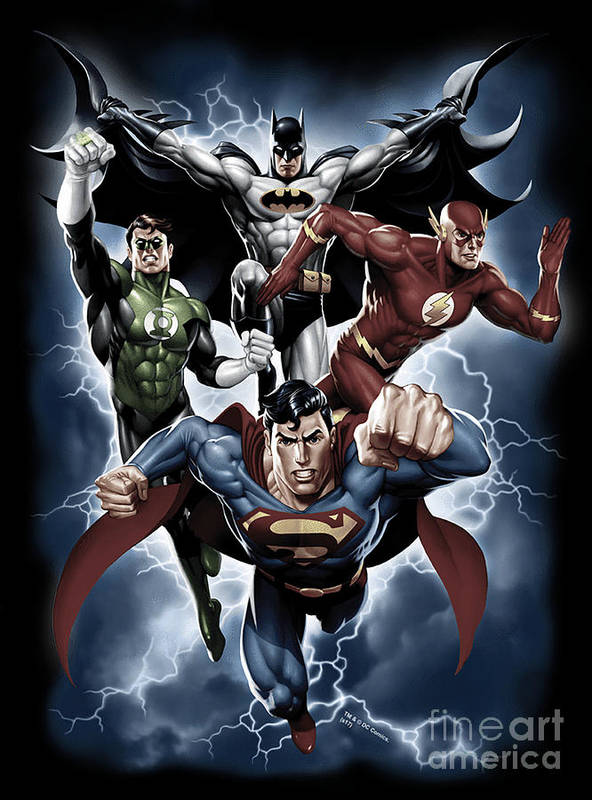
Rise of the Independent Digital Artists and Their Influence
The emergence and rise of independent digital artists are reshaping the dynamic field of modern digital comic book art. These artists are not only transforming the industry with their unique creative perspectives and novel digital art techniques, but they are also exerting considerable influence on the evolution of comic art style and narrative.
Set against the backdrop of a rapidly digitalizing world, this trend signals a shift in power dynamics and the democratization of the global comic industry.
Independent Artists' Impact
A significant shift in the realm of digital comic book art has been the emergence and growing influence of independent artists. Their impact is largely driven by two factors: artistic freedom and self-publishing benefits.
Independent artists are not bound by the constraints of traditional publishing, allowing them to experiment with styles, themes, and narrative techniques.
- Independent artists can push boundaries and challenge the status quo in comic book art
- Their work often reflects a diversity of voices and perspectives that is sometimes lacking in mainstream comics
Self-publishing platforms have democratized the field, enabling anyone with a story to tell and artistic skill to reach an audience.
- The ability to directly engage with readers has created new opportunities for monetization, fan engagement, and creative collaboration.
Fueled by the rise of digital platforms, independent digital artists are transforming the landscape of comic book art with their unique styles, innovative narratives, and profound influence on the industry. Empowered by Digital Art Tools, they're redefining the artistic boundaries, creating compelling visuals that engage readers in new ways.
Through Online Art Education, they're constantly honing their skills and exploring uncharted territories in comic book art. This democratization of learning has significantly contributed to the diversity and richness of the digital art world.
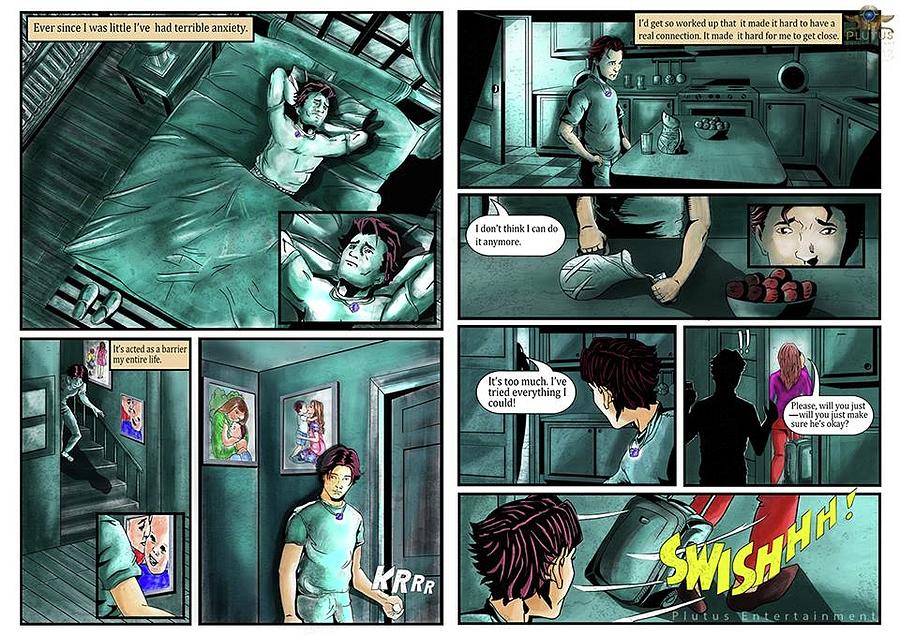
These artists are not just creating art; they're influencing trends, shaping perceptions, and providing fresh perspectives. This transformation is a testament to the power of technology and the boundless creativity of independent digital artists. Their impact continues to resonate, marking an exciting era for comic book art.
The Growing Trend of Interactivity in Digital Comics
While traditional comic books offer a static form of entertainment, digital comics are increasingly embracing interactivity to enhance reader engagement. The industry is overcoming interactivity limitations and creating game-inspired comics, offering dynamic experiences to readers.
Interactivity limitations: Technological advancements have broken these barriers, integrating multimedia elements like sound and motion into digital comics.
Game-inspired comics: These comics are not just about reading, but also about decision-making, bringing an immersive gaming experience to comic reading.
Reader engagement: Digital comics now offer interactive dialogues, character development, and story progression, based on readers' choices.
Platform development: A rise in platforms that support interactive comics is seen, with enhanced features that allow for a customizable reading experience.
This innovative trend is transforming the comic book landscape, providing readers with a more engaging and immersive form of entertainment.
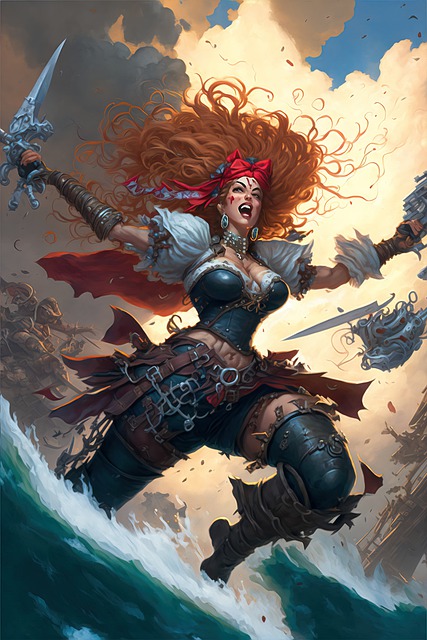
In the realm of digital comic book art, the influence of social media is undeniable, and its transformative power is reshaping traditional artistic practices, propelling the industry into new avenues of creativity and accessibility.
Social media platforms, while providing a public space for artists to display their work, also grapple with the controversial issue of social media censorship. This can both hinder and shape the artistic authenticity of digital comic art.
On the one hand, censorship can limit artistic freedom, constraining the creativity that fuels the industry. Conversely, such restrictions challenge artists to innovate, using subtlety and allegory to convey complex narratives.
Thus, social media is not simply a stage for digital comic art, but a catalyst for its evolution.
The Evolution of Art Styles in Digital Comics
The evolution of art styles in digital comics is a fascinating journey, markedly influenced by the advent of technology and the consequent diversification of styles.
As technology advanced, it not only reshaped the creation process but also expanded the expressive potential of comic art, leading to a colorful spectrum of styles in the digital realm.
This transformation is a testament to the adaptability of comic art, as it continues to dynamically reflect and shape the zeitgeist of each era.
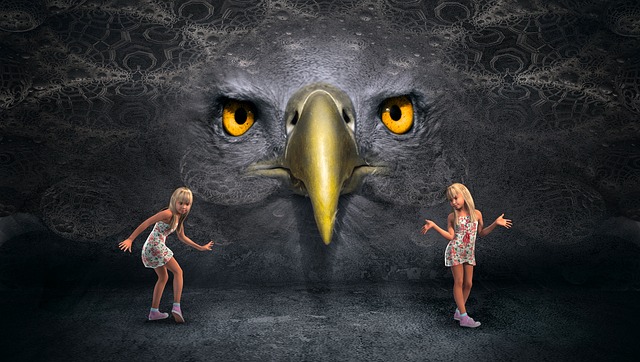
Impact of Technology
As we delve into the influence of technology on the evolution of art styles in digital comics, we must appreciate the profound changes it has introduced in the realm of comic book artistry.
Artificial Intelligence (AI) has revolutionized the creation process, enabling artists to experiment with new styles and techniques.
Blockchain Comics, on the other hand, has provided a unique platform for artists to distribute their work, introducing a new level of transparency and security.
AI-assisted drawing tools allowing for more intricate designs
Blockchain technology ensuring secure and transparent transactions
Advanced software enabling dynamic, interactive comic book experiences
Virtual Reality (VR) potentials in creating immersive reading environments
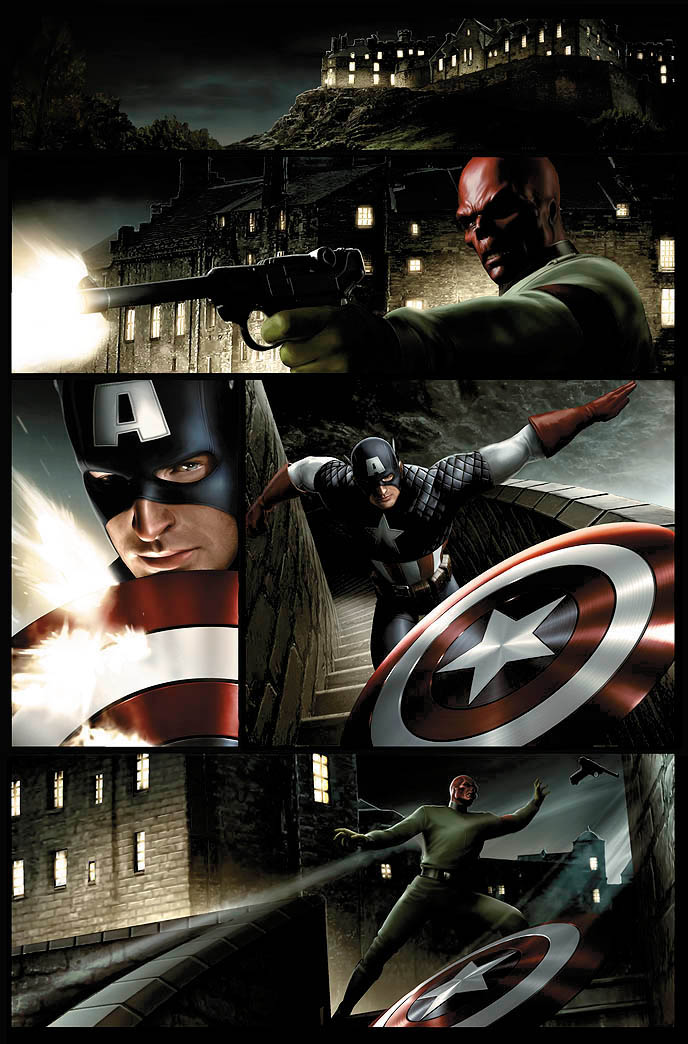
Let's embrace these innovative trends, each contributing to the artistic evolution in the digital comic book industry.
Diversity in Styles
Diversity in digital comic book art styles has seen a significant evolution, reflecting a range of influences and offering a rich tapestry of visuals for readers around the globe.
This style evolution is marked by artistic innovation, embracing a multitude of genres, cultural inspirations, and technical advancements.
From hyper-realistic illustrations to abstract expressionism, the diversity in styles is a testament to the limitless creative freedom afforded by digital platforms.
This spectrum of artistry enriches reader experience, making each digital comic a unique visual journey.
As boundaries blur between traditional and digital art forms, the industry continues to evolve, fostering innovation and pushing the limits of visual storytelling.
The current trend underscores the power of diversity in shaping the future of digital comic book art.
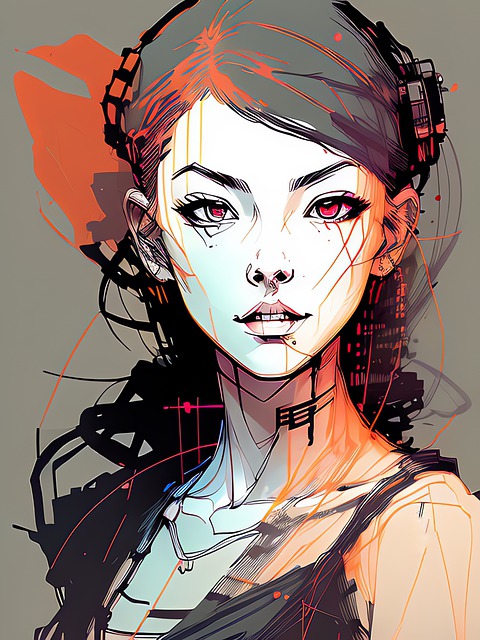
The Integration of Motion and Sound in Digital Comics
Over the past decade, the integration of motion and sound into digital comics has significantly altered the reader's experience and engagement with the medium. With advancements in technology, artists are now leveraging sound design in comics to elevate the immersive experience. Motion aesthetics further enhances the dynamism, bringing the static images to life.
The key transformational trends include:
- The incorporation of soundtrack and sound effects to intensify the story's emotions.
- The use of subtle motion aesthetics to highlight particular scenes or actions.
- The development of interactive panels that respond to the reader's touch or click.
- The creation of adaptive design formats, enabling a seamless experience across multiple digital devices.
This integration opens up new avenues for creativity, pushing the boundaries of comic art into the realm of multimedia storytelling.
Diversification and Representation in the Digital Comic World
Remarkably, the digital comic world is not just evolving in terms of technology and aesthetics, but also in its commitment to diversification and representation.
In a bid to engage a broader audience, inclusive storytelling is being fervently adopted. This approach is revolutionizing narratives, incorporating stories from diverse cultures, sexual orientations, and gender perspectives. It's not just about representing varied backgrounds, but authentically mirroring the richness of human experiences.
Artists are defying gender stereotypes, with female characters emerging as powerful protagonists, and male characters exploring their emotional depth. This diversification is creating a more vibrant, relatable digital comic landscape.
The Influence of Global Cultures on Digital Comic Art
In the ever-evolving landscape of digital comic art, one cannot overlook the profound influence global cultures have had on shaping narratives, styles, and themes.
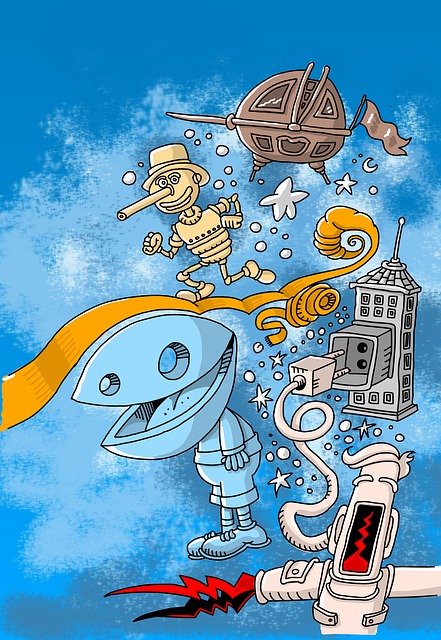
Artists are increasingly integrating and experimenting with styles from various cultures, leading to a cultural fusion that enriches the diversity and depth of digital comic art.
The Manga influence from Japan has propelled a distinct stylistic shift, with its emphasis on detailed backgrounds and expressive characters.
The incorporation of Indigenous art forms has led to a resurgence of folklore and myth-based narratives.
European comic styles, known for their realistic and intricate illustrations, are being fused with American pop-art.
Middle Eastern calligraphy and iconography are being utilized to create visually stunning narratives.
This global cultural confluence is inspiring a novel wave of creativity, innovation, and diversity within the realm of digital comic art.
The Future of Comic Book Art in the Digital Age
The digital age's transformative impact on the future of comic book art is both profound and inescapable. As artists increasingly migrate to digital platforms, the dynamic nature of comic art is amplified, driving innovative storytelling techniques.

The trend towards digital preservation of comics ensures accessibility and longevity, safeguarding the art form for future generations. However, this shift has also escalated comic piracy, a significant challenge facing the industry.
As comic piracy threatens both emerging and established artists' livelihoods, it is crucial to develop robust anti-piracy measures.
Despite the challenges, the digital age promises an exciting future for comic book art, with the potential for immersive, interactive experiences that redefine the conventional boundaries of the medium.
Frequently Asked Questions
What Are the Cost Implications of Transitioning From Traditional to Digital Comic Book Art?
Transitioning from traditional to digital comic book art can incur initial setup costs. However, it offers artistic authenticity and efficiency in the long term. Copyright concerns also become manageable with digital tracking possibilities.
How Has Digital Comic Book Art Affected the Print Comic Book Industry?
Digital comic book art has revolutionized the print industry, enhancing digital narratives and reader engagement. The shift to digital has allowed for innovative storytelling techniques, transforming traditional print comics into interactive, immersive experiences.
How Does the Creation Process of Digital Comic Book Art Differ From Traditional Comic Book Art?
Digital comic book art, influenced by technology, offers artists greater artistic freedom. It enables experimentation with diverse styles, color palettes, and effects, differing from traditional comic art's more stringent, physical medium limitations.
What Are the Potential Drawbacks or Challenges of Digital Comic Book Art?
Potential challenges of digital comic book art include maintaining artistic authenticity in a digital platform and addressing technical inefficiencies, such as software limitations and steep learning curves for new technology tools.
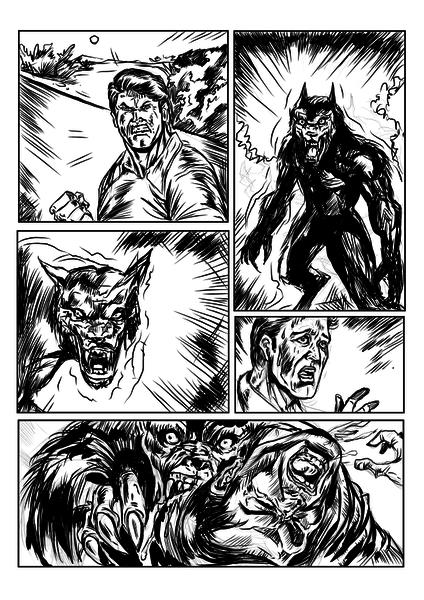
What Is the Impact of Digital Comic Book Art on Environmental Sustainability?
Digital comic book art leverages green technology to reduce the carbon footprint associated with traditional printing. This shift enhances environmental sustainability by minimizing paper waste and decreasing pollution from ink and transportation logistics.
 Digital Art InstructionDIY Infographics DesignMobile Game ArtworkPersonalized Logo Design3D AnimationeBook Covers DesignPrivacy PolicyTerms And Conditions
Digital Art InstructionDIY Infographics DesignMobile Game ArtworkPersonalized Logo Design3D AnimationeBook Covers DesignPrivacy PolicyTerms And Conditions
